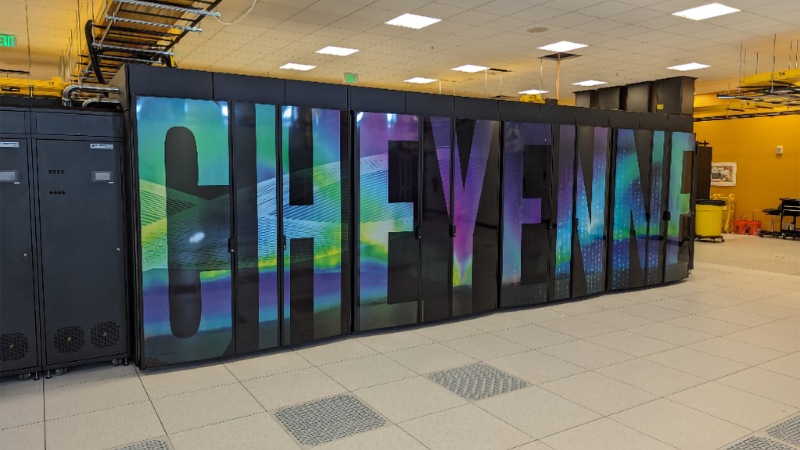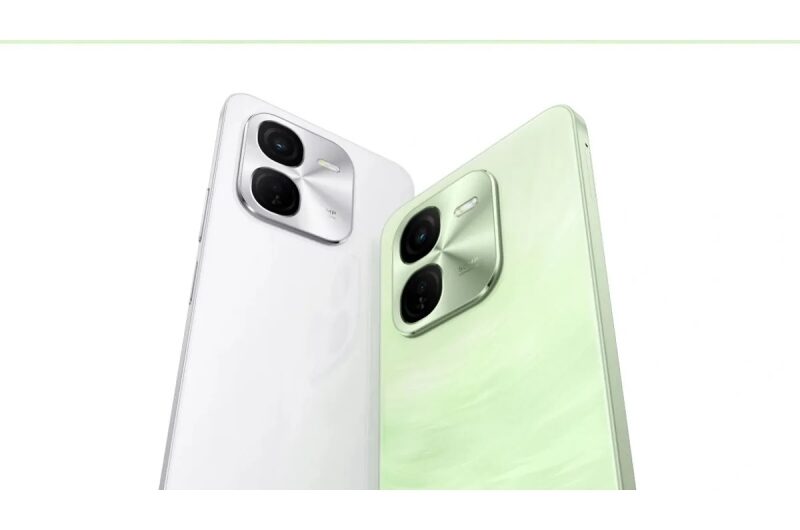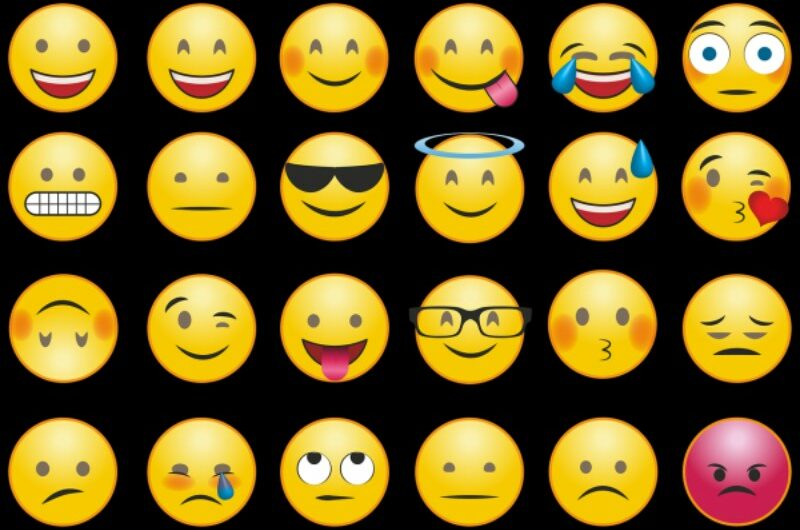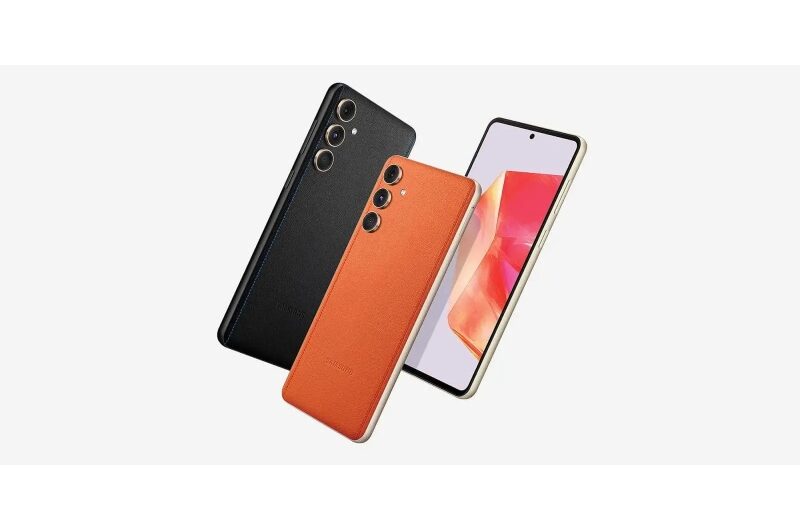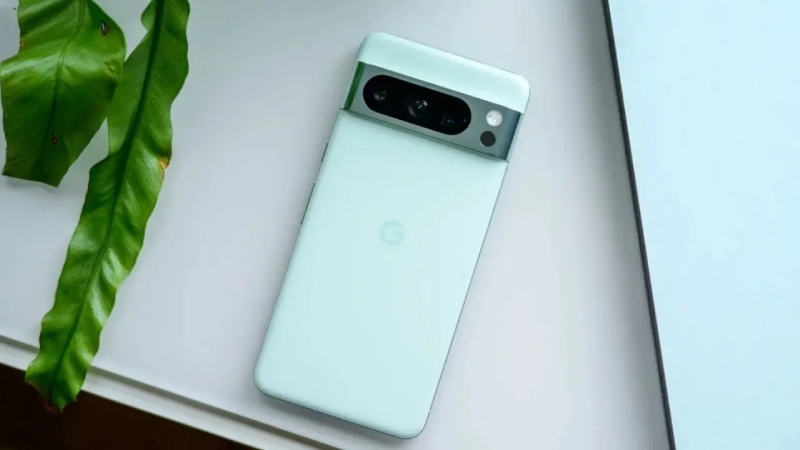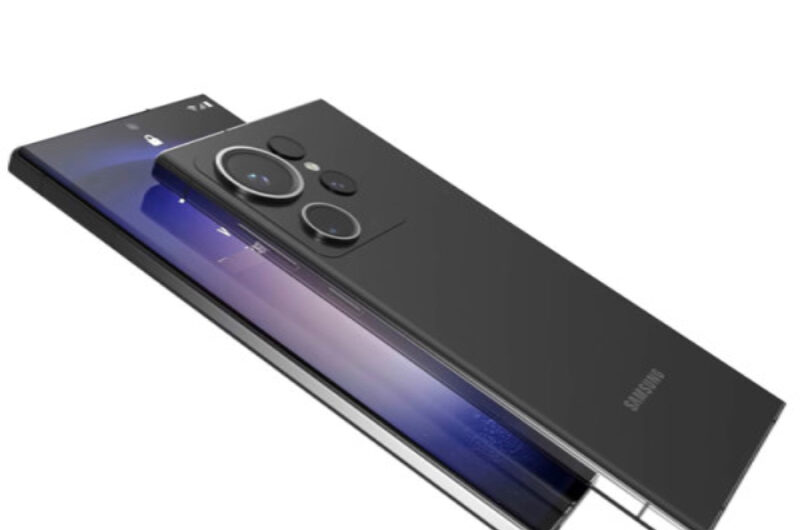The $699 Air 2 Ultra is the newest model of Air glasses from augmented reality startup Xreal. The Air 2 Ultra glasses are designed to compete with Meta’s Quest 3 and Apple’s Vision Pro headsets. Developers can preorder the glasses for shipment beginning in March. Compared to the $399 Air 2 model that Xreal, previously Nreal, introduced towards the end of last year, these are more feature-rich. It offers full positional tracking (six degrees of freedom, or 6DOF) in Xreal’s signature sunglasses-style form factor. This makes them ideal for running immersive augmented reality apps, which is precisely what Xreal expects developers to accomplish with them, in addition to watching TV and playing flat-screen games on a projected screen.
Similar to its previous Light mixed reality device, which also included 6DOF tracking, Xreal markets the Air 2 Ultra as a full-fledged “spatial computing” device. The Air 2 Ultra displays a floating image in front of users’ eyes, just like the other Air models. However, it includes two 3D cameras—one on each side of the glasses—that are able to map the world around the wearer and provide unique capabilities like hand tracking. That means instead of just showing a standard game, application, or video feed like the Air 2, developers may create programs that combine real and virtual space.
Compared to the 46-degree Air 2, the 52-degree field of view offered by the Air 2 Ultra is more impressive. Both devices have a brightness of 500 nits, a 1080p screen for each eye, and a refresh rate of up to 120Hz. However, the Ultra glasses weigh a bit more—80 grams as opposed to 72 grams for the ordinary Air 2. Similar to the Air 2, they may be connected to a variety of gadgets, such as Windows and macOS PCs, Samsung Android smartphones, and the iPhone 15. They will support Xreal’s Nebula AR environment for Windows, macOS, and Android.
For now, the Air 2 Ultra is primarily targeted at developers, but anyone who is interested can purchase it through Xreal’s website, with shipping available to the US, UK, China, Japan, Korea, France, Germany, Italy, the Czech Republic, and the Netherlands. (Currently, customers in the US, Europe, and Asia can purchase the Air 2.) It was introduced soon after Xreal declared that 350,000 pairs of AR glasses had been supplied by the company to date and that more nations would be receiving Air 2 in 2024.
It made reasonable to remove the earlier Light glasses’ mixed reality features in order to reduce weight and costs because they were rather basic. However, by reintroducing 6DOF tracking, Xreal is able to more directly take on Apple and Meta, two of its most well-known US rivals. According to rumors, Apple’s $3,499 Vision Pro will go on sale in February. With it, developers will be able to create spatially immersive experiences that work in tandem with flat-screen projections. The $499 Quest 3 from Meta, which made its debut in October of last year, mixes mixed reality apps such as digital tabletop games with fully functional virtual reality.
Instead of the direct projection that Xreal provides, both headsets use passthrough mixed reality, which superimposes digital elements on a video feed. However, Apple is probably working on comparable projection-based augmented reality glasses to Meta’s, which are aimed towards being more like the Air 2 Ultra.
Topics #Apple Vision Pro #AR glasses #Xreal
